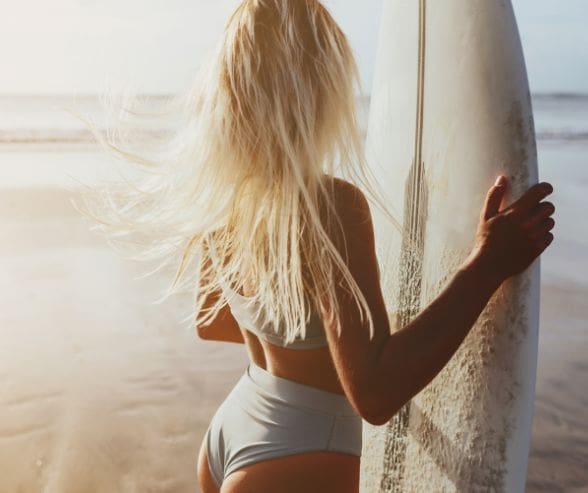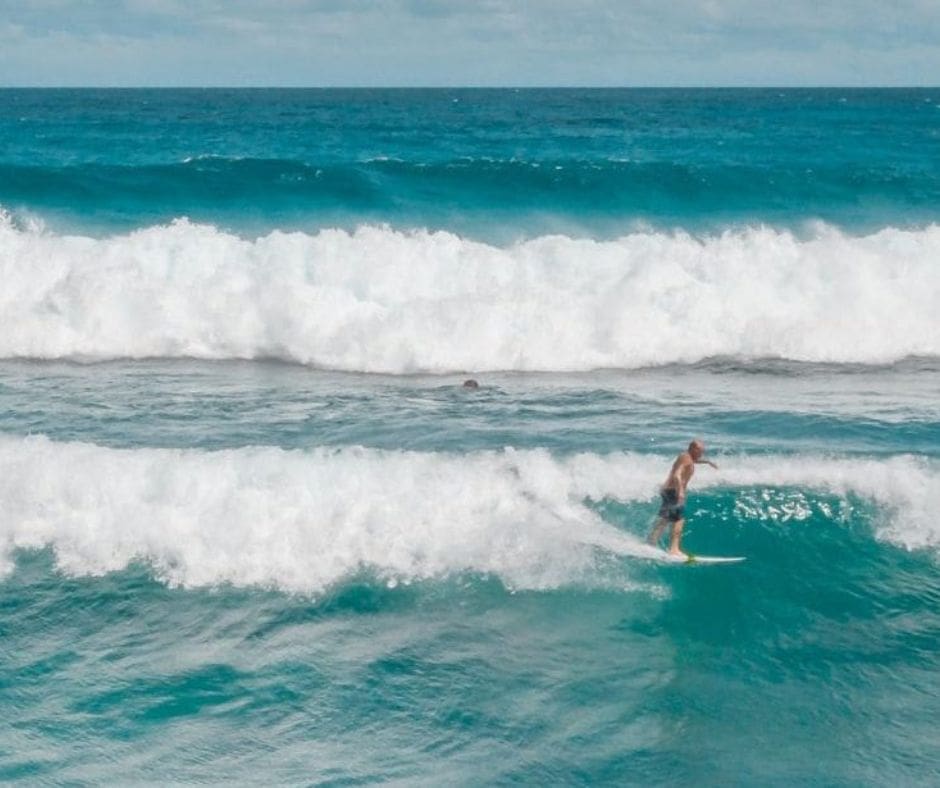
Surf Culture: A Deep Dive into History, Waves, Boards, and Beachwear
Surf culture is a vibrant and dynamic way of life, deeply rooted in the history and tradition of ocean exploration and appreciation. This culture is not just about riding waves; it’s a holistic lifestyle that encompasses a unique blend of athleticism, environmentalism, and spiritual connection with the sea. Let’s journey through the evolution of surf culture, exploring its key figures, iconic locations, and the evolution of surfboards and fashion that have defined this wave-riding phenomenon.
Origins and Historical Tides
Surfing originated over a thousand years ago with the ancient Polynesians, who mastered the art of riding waves on rudimentary wooden boards. It was a deeply spiritual activity, intertwined with their rituals and social structures. Chiefs and commoners alike would surf, but it was the ability to ride the most challenging waves that often distinguished the leaders, embedding surfing within a framework of respect and reverence for the ocean.
The modern narrative of surfing began to take shape with the “Father of Modern Surfing,” Duke Kahanamoku. A native Hawaiian and Olympic swimmer, Duke spread the gospel of surfing from the shores of Waikiki to the beaches of California and Australia in the early 20th century. His charismatic demonstrations in the 1910s and 1920s ignited a global interest in surfing, transitioning it from an indigenous pastime to a worldwide sporting phenomenon.
Evolution of Surfboards
The evolution of surfboards is a testament to the ingenuity and passion of surfers. Early surfboards were massive, heavy planks carved from local trees like the koa in Hawaii. These boards could be up to 16 feet long and were unwieldy by today’s standards.
By the 1950s and 60s, the introduction of balsa wood and later, fiberglass and foam, revolutionized board design. This period saw the birth of shorter, lighter boards that made surfing more accessible and versatile. The shortboard revolution of the late 1960s, led by surfers like Bob McTavish and Nat Young, introduced more dynamic surfing styles, enabling quicker turns and more radical maneuvers on the waves.
Surf Spots Around the World
From the legendary breaks of Hawaii’s North Shore to the epic swells of Australia’s Gold Coast, certain locations have become synonymous with surf culture. In California, spots like Malibu and Santa Cruz became cultural landmarks, central to the development of surf music and films that portrayed the carefree surf lifestyle. Each spot has its own set of tales about epic swells and the surfers who rode them, contributing to the mystique and allure of surfing as a global subculture.
Influential Figures in Surf Culture
Surf culture has been shaped by many influential figures. Miki Dora, known for his rebellious spirit and masterful surfing in Malibu during the 1950s and 60s, became a symbol of the counterculture that often surrounds surfing communities. Lisa Andersen, a four-time world champion in the 1990s, pushed the boundaries for female surfers and inspired a generation with her competitive spirit and style.
Fashion on the Waves
Surf fashion is an integral part of the culture, encompassing not only practical surfwear but also a broader lifestyle aesthetic that includes casual beachwear, accessories, and even hairstyles. Brands like Quiksilver and Billabong emerged in the 1970s, epitomizing the surf culture with boardshorts, wetsuits, and T-shirts that are both functional and a statement of identity.
The iconic surf tee and boardshorts combo, often adorned with bold prints and colors, reflects the freedom and vibrancy of the surf lifestyle. This style has transcended the community to influence mainstream fashion, demonstrating the widespread appeal of the surf aesthetic.
Surf Culture in Costa Rica
In Costa Rica, surf culture thrives along both the Pacific and Caribbean coasts, with renowned spots like Tamarindo, Jacó, and Pavones. These places are not just surf destinations but homes to thriving communities where life is rhythmically tied to the tides. The Costa Rican surf scene is noted for its inclusive and welcoming nature, making it a perfect entry point for those new to the sport.
Costa Rican surfers embody a laid-back, pura vida lifestyle that is infectious. They are known for their deep respect for the environment, often leading initiatives for ocean conservation and sustainable surfing practices. This aligns with the global surf community’s increasing focus on environmental stewardship.
Embracing the Surf Lifestyle
To truly embrace the surf lifestyle, one needs to dive into its essence—connecting with the ocean, respecting its power, and sharing the waves with fellow surfers. It’s about adopting a sustainable approach to life, prioritizing community and environmental health, and finding joy in the simple pleasure of a wave.
Whether you’re picking up a surfboard for the first time or you’re a seasoned pro, the surf culture welcomes all who share a love for the ocean and a desire for adventure. It’s a culture where every wave tells a story, every board has a history, and every sunset brings the promise of another day spent doing what you love.




